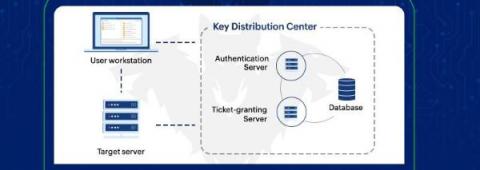The Guide to Kubernetes Compliance
Kubernetes (K8s) has achieved undeniable mainstream status, with 96% of organizations currently evaluating or already using this technology, according to the Cloud Native Computing Foundation (CNCF). This popularity also brings growing scrutiny over Kubernetes compliance standards and audits, in light of how Kubernetes and cloud native technologies demand a very different approach to security.











